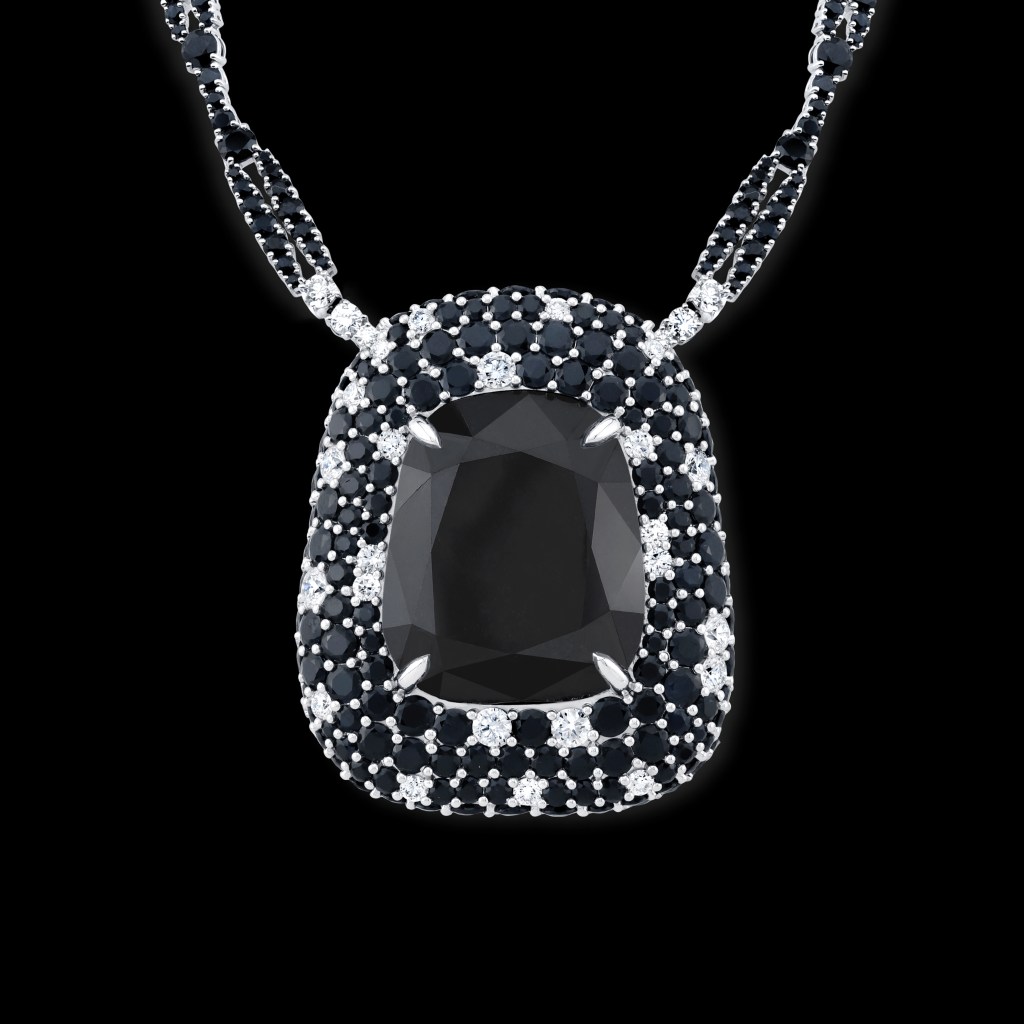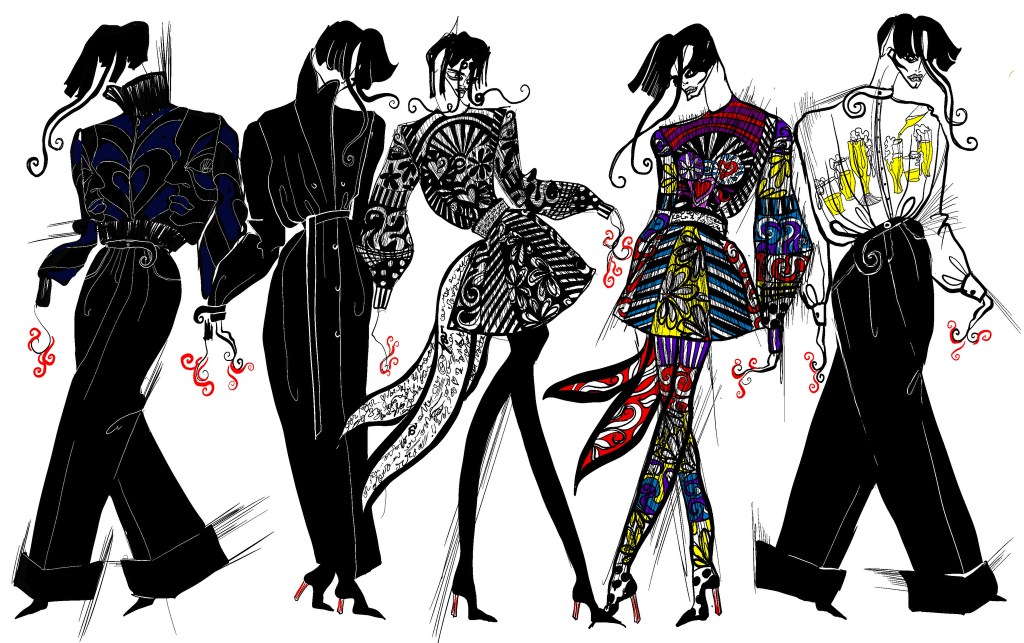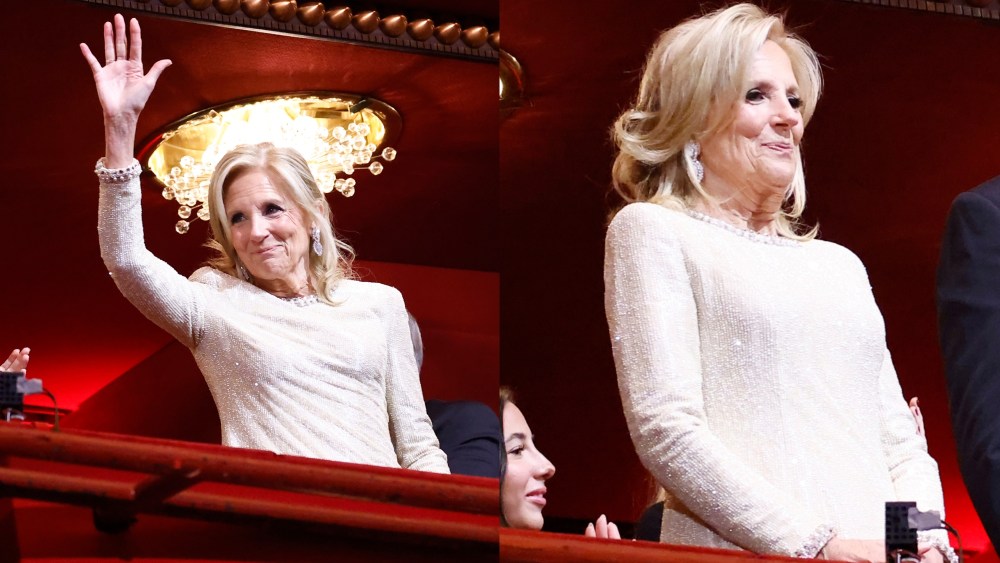Now that awards season is upon us, it seems only appropriate that an exclusive exhibition of rare gems and jewelry should be on display at the Natural History Museum in Los Angeles.
Inside a vaulted room, there are 14 cases with bright white lights shining down displaying 17 gems of various colors. Each one weighs more than 100 carats, which means these are really, really big stones.
The exhibition, called “100 Carats: Icons of the Gem World,” runs until April 21. It was two years in the making by renowned Beverly Hills rare gem expert and jewelry designer Robert Procop, who worked with Aaron Celestian, the museum’s curator of mineral sciences, and the museum staff to make it happen.
The challenge was finding enough gems weighing more than 100 carats that were loanable because most of them are owned by private collectors. “This is probably the rarest collection ever assembled in the world,” said Procop, who has headed several jewelry houses and now has his own venture called Robert Procop Exceptional Jewels, based in Beverly Hills.
The centerpiece of the exhibition is the Jonker 1 Diamond, which has not been shown in a museum in more than eight decades. When it was discovered in South Africa in 1934, it was a rough crystal weighing 726 carats. And it has quite a history.

The huge crystal was discovered by a small prospecting team led by Johannes Jonker, a farmer. A year after its discovery, it was sold for 150,000 pounds to U.S. diamond dealer Harry Winston who toured the diamond and had it photographed with Hollywood movie stars including Claudette Colbert and Shirley Temple. After a year, Winston chose Lazare Kaplan to cut the diamond into 13 stones, with the Jonker 1 Diamond, ultimately at 125 carats, being the largest.
In 1937, the Jonker 1 Diamond was on display at the American Museum of Natural History in New York City and hasn’t been in a museum display since. In 1949, the gem was acquired by King Farouk of Egypt, but disappeared in 1952 when he was dethroned in a military coup. The massive diamond reappeared in the 1970s under the ownership of Queen Ratna of Nepal. Later, it was sold to an anonymous buyer.
But in 2022, it was rediscovered by Ibrahim Al-Rashid when his father passed away, the family elder having left the gem he bought from the Nepali queen in a vault without telling his son. Celestian knew Al-Rashid, chairman of Miami-based Limestone Asset Management, from their conversations about Al-Rashid’s gem collection, leading to the Jonker 1 Diamond loan. “He wanted this museum to be the first museum to display it,” the museum curator said.
Another standout piece is the Crown of Colombia, a 241-carat deep green emerald found in one of the deepest mines in that South American country. “This is one of the largest emeralds I have ever seen,” Celestian said. “For an emerald, this is quite rare.”
Another bright green standout is a flawless 231-carat peridot, found in Pakistan, which was donated to the museum by mineral collector Melvin Hindin. Most peridots are yellow green in color, but this gem has olivine and forsterite minerals, making it even more green than most.
There are also sapphires of different colors, including the Princess Pink sapphire, which was discovered in Sri Lanka and weighs 109 carats. With a bubble gum pink hue, it is one of the world’s largest known natural, gem-quality pink sapphires. There is also a 186-carat blue sapphire, called the Pride of Sri Lanka, believed to be one of the largest natural blue sapphires in the world.

Outside the vault, there are 10 more display cases, showing how large gems can be shaped into jewelry, all of which have been designed by Procop. A necklace called the Midnight Majesty has a 66-carat black diamond as its centerpiece surrounded by a collar of black diamonds, black sapphires and white diamonds. A cylindrical pendant necklace made with a 78-carat blue aquamarine crystal is surrounded by a rose and white gold case adorned with pink and blue sapphires as well as diamonds. A necklace made of a 56-carat bright red rubellite in a triangular shape is framed by alternating rubies and pink sapphires to accent the gem.

Procop, a Southern California native, has a long history of working in the jewelry industry. As a teenager, he learned to cut gemstones and later developed his jewelry design skills. In 1999, he was named the chief executive officer of the British jewelry house Asprey & Garrard, the crown jeweler of the U.K. He returned the venture to its original separate companies and then headed up Garrard as CEO from 2006 to 2008. Later he was CEO of Asprey from 2008 to 2010.
The Beverly Hills gem expert is no stranger to outfitting celebrities with jewelry worn at awards shows. In 2000, he saw 14 presenters and nominees don his creations at the Academy Awards. This is where he met Angelina Jolie, whose engagement ring from Brad Pitt he later designed.
He and the actress — and now Atelier Jolie designer — work together on the Style of Jolie brand, with proceeds from the jewelry line going to build schools for girls in impoverished countries. He also works with Brooke Shields. Their latest collaboration is Luminous by Brooke, a collection that draws on celestial images to create earrings and bracelets and other pieces. Proceeds benefit the Los Angeles House of Ruth, which provides transitional housing for homeless families, often victims of domestic violence.



